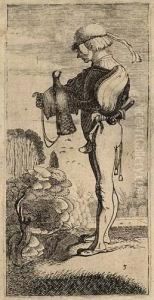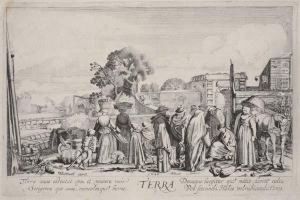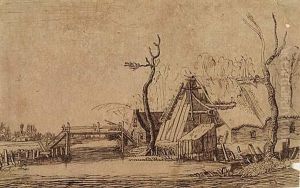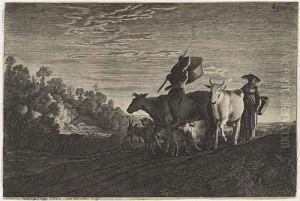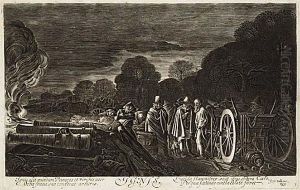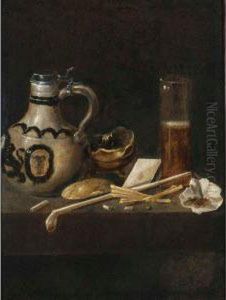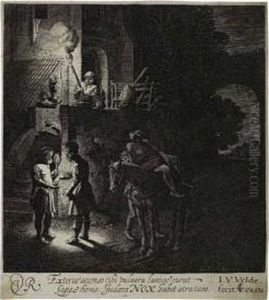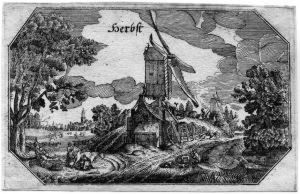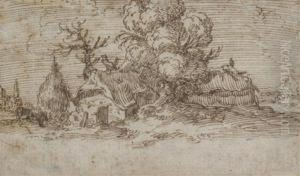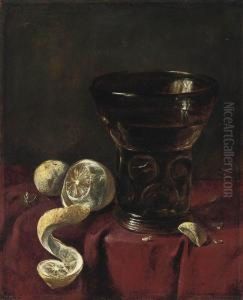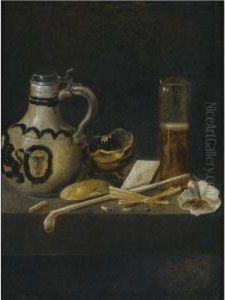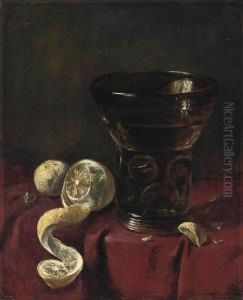Jan I Van De Velde Paintings
Jan I van de Velde was a notable figure in the Dutch Golden Age of painting, a period that witnessed an extraordinary outpouring of artistic talent in the Netherlands during the 17th century. Born in Antwerp in 1568, he was part of a family that had a significant impact on the development of Dutch art, and his contributions, especially in the realm of engraving and printmaking, were substantial.
Van de Velde initially trained under the guidance of Hans Bol, a landscape painter and printmaker, which helped him develop a strong foundation in the techniques and aesthetics of the Flemish art tradition. This training was crucial, as it allowed him to blend traditional Flemish influences with the emerging Dutch sensibilities, creating works that were both innovative and deeply rooted in the artistic traditions of the Low Countries.
In his early career, Jan I van de Velde was primarily known for his engravings, which showcased remarkable detail and an exquisite sense of composition. His works often depicted landscapes, biblical scenes, and everyday life, capturing the essence of his era with a keen observational eye. Through his prints, van de Velde played a pivotal role in disseminating the Dutch visual culture across Europe, influencing not only his contemporaries but also future generations of artists.
Around the turn of the 17th century, van de Velde's focus shifted towards calligraphy, and he published several influential treatises on the subject. His work in this field was groundbreaking, blending artistic expression with the functional aspects of writing to elevate calligraphy to a form of high art. His manuals and exemplars were widely used and respected, contributing significantly to the development of calligraphic standards in Europe.
Despite his considerable contributions to art and printmaking, Jan I van de Velde remains a somewhat elusive figure, with many aspects of his life and career still shrouded in mystery. He died in 1623, leaving behind a legacy that has continued to influence the worlds of engraving, painting, and calligraphy. His work embodies the spirit of the Dutch Golden Age, reflecting both the technical mastery and the innovative spirit that defined this remarkable period in art history.
